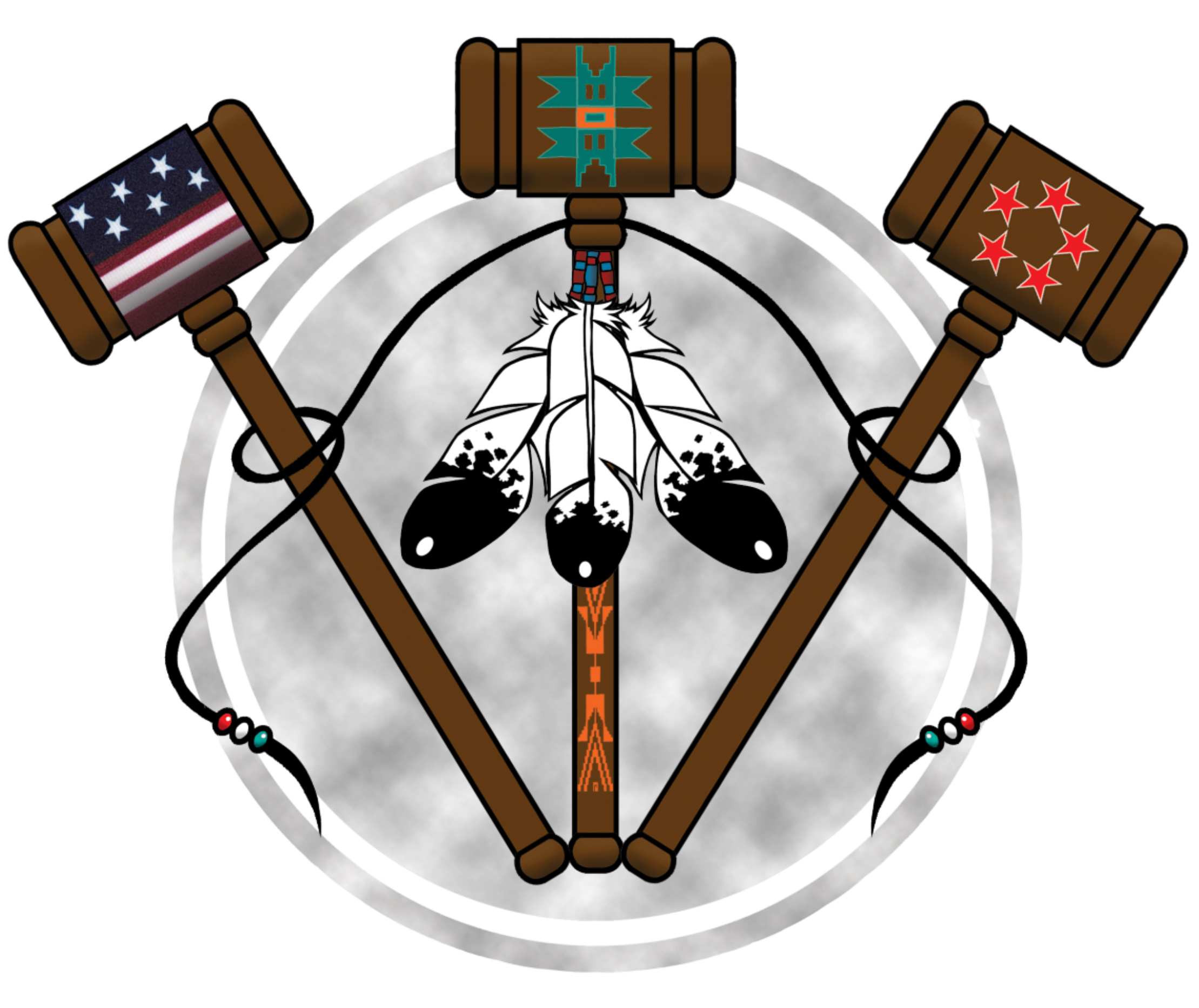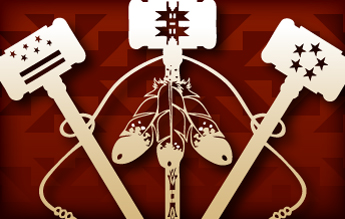Upcoming Webinar: Tribal Protection Orders- Full Faith & Credit Enforcement
Upcoming Webinar Tribal Court Protection Orders – Full Faith & Credit Enforcement Wednesday, August 23, 2024 11am AKT/12pm […]
Upcoming Webinar: Tribal Protection Orders- Full Faith & Credit Enforcement Read More »






